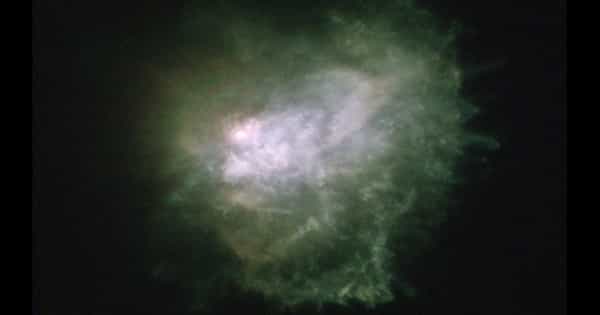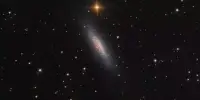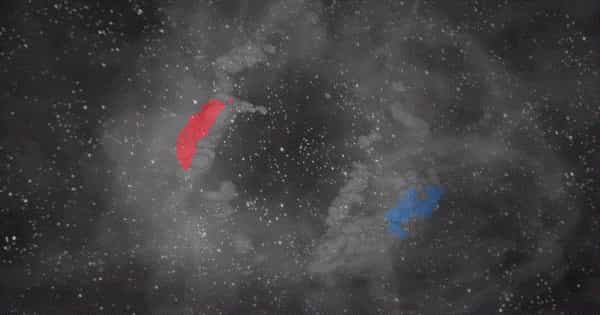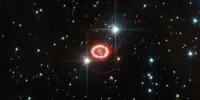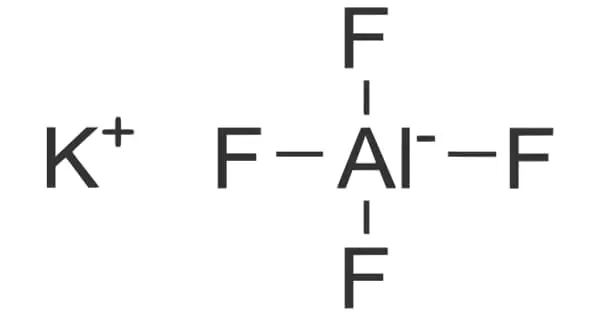RSGC1-F02 is a red supergiant in the Scutum constellation that is part of the RSGC1 open cluster. Its radius was calculated to be between 1,499 and 1,549 times that of the Sun (using the Stefan-Boltzmann law), making it one of the largest stars discovered thus far. This equates to a volume of 3.37 and 3.72 billion times that of the Sun. If it were placed in the center of the Solar System, its photosphere would engulf Jupiter’s orbit.
RSGC1-F02 is a supergiant star in the RSGC1 group, and it is the largest star in the group, measuring 1498 times the size of our Sun. It is also 2900 light-years away from us, making it the closest star on our list of the TOP 7 largest known stars in the universe. Because of its size, this star ranks fourth on our list.
Red supergiants (RSGs) are the final stage of evolution for most stars with masses greater than 8M before exploding as supernovae (SNe). Long predicted by theory, this is now well established by observational analysis of SN progenitor stars from fortuitous pre-explosion imaging of a specific type of supernova, type II-P—the most common core-collapse SN.
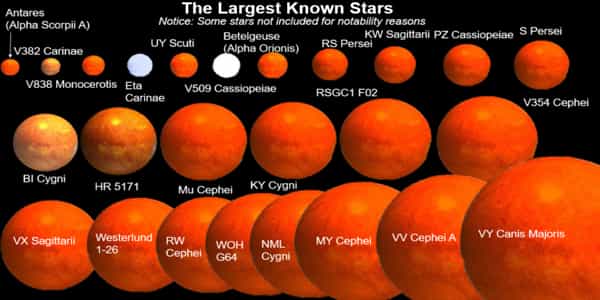
It is possible to learn quantitative information about the progenitor from these pre-explosion data. The brightness of the star just before it explodes, in particular, can be used to calculate its initial mass. Smartt et al. performed this experiment on a group of II-P progenitors and compared the observed mass distribution to theoretical predictions. The authors discovered an apparent lack of SNe from stars with initial masses greater than 17M, which is now known as the ‘red supergiant problem.’
The majority of the outflowing material in an RSG’s wind (approximately 99.5 percent) is gas, with the majority of this in the form of HI and H2. Because these are nearly transparent, other tracers must be used to determine wind density. One method is to use reprocessed light emitted in the mid-IR to calculate the mass of the remaining 0.5 percent of the material—the dust. This must then be multiplied by 200 (at Solar metallicity) to obtain the total mass.
As the name implies, RSGC1-F01 is a member of the RSGC1 group, which contains many red supergiants. In fact, there are 15 main stars ranging in size from F01 to F15, with RSGC1-F01 being the second largest. It is 1435 times the size of our Sun and more than 2900 light years away from us.
